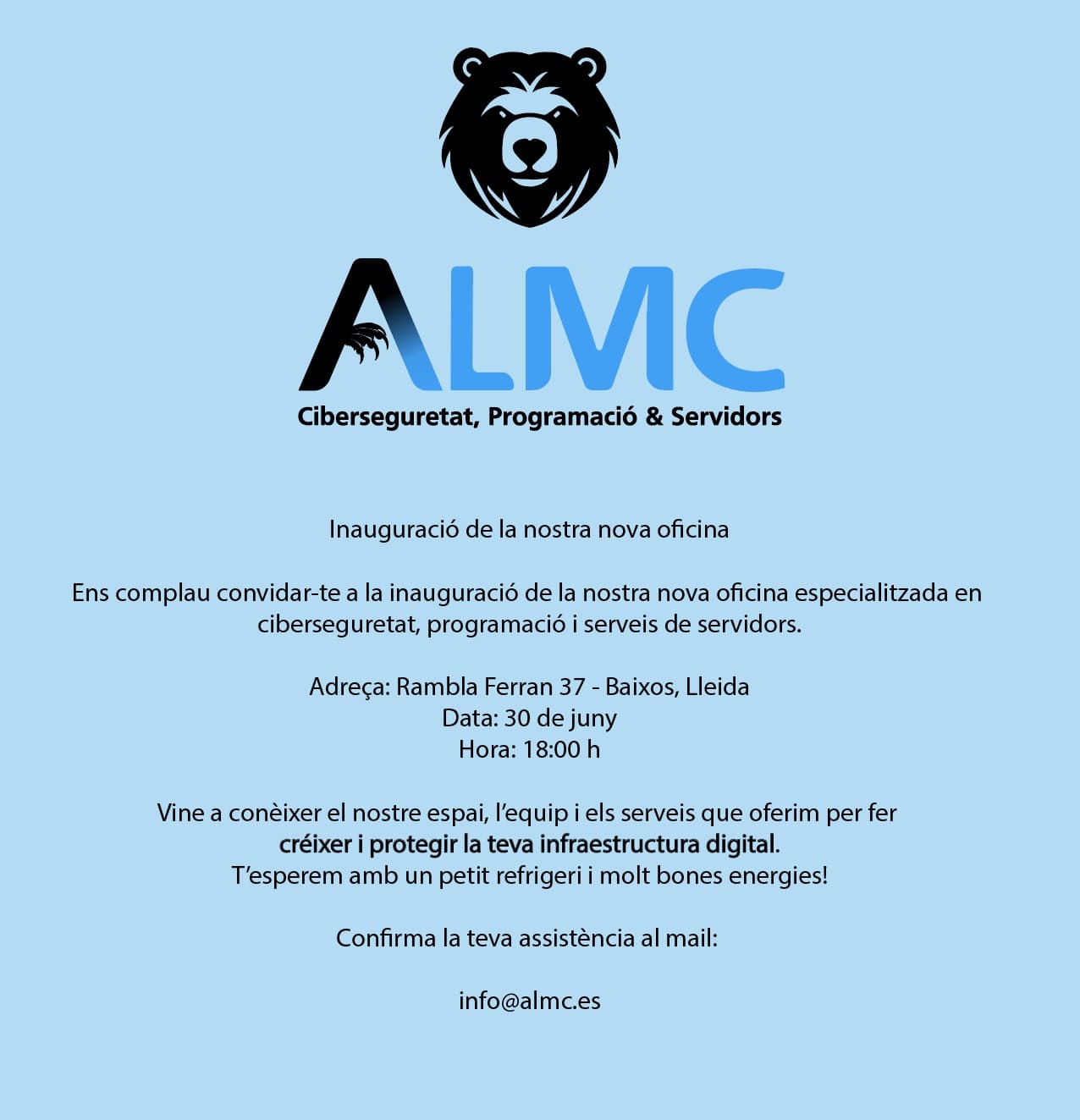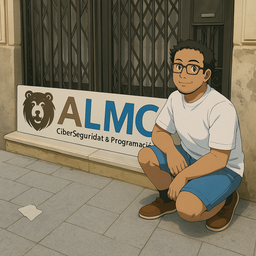SearXNG MCP Bridge Server
This is a Model Context Protocol (MCP) server that acts as a bridge to a SearXNG instance. It allows compatible clients to perform searches using a configured SearXNG instance via MCP tools.
Quick Start (Using from npm)
Set up a SearXNG instance:
# Using Docker docker run -d -p 8888:8080 --name searxng searxng/searxngInstall and run the MCP bridge:
# Run directly with npx npx @nitish-raj/searxng-mcp-bridgeConfigure in your MCP settings file: Add to your MCP settings file (e.g.,
~/.vscode-server/data/User/globalStorage/rooveterinaryinc.roo-cline/settings/mcp_settings.json):{ "mcpServers": { "searxng-bridge": { "command": "npx", "args": ["@nitish-raj/searxng-mcp-bridge"], "env": { "SEARXNG_INSTANCE_URL": "YOUR_SEARXNG_INSTANCE_URL" # Replace with your instance URL (e.g., http://localhost:8888 or a public one) }, "disabled": false } } }
Features
- Provides an MCP tool named
search. - Connects to a SearXNG instance specified by an environment variable.
- Returns search results from SearXNG in JSON format.
Prerequisites
- Node.js and npm installed.
- A running SearXNG instance accessible from where this server will run.
Installation & Configuration
Installing via Smithery
To install searxng-mcp-bridge for Claude Desktop automatically via Smithery:
npx -y @smithery/cli install @nitish-raj/searxng-mcp-bridge --client claude
Option 1: Using npm (Recommended)
Install the package globally:
npm install -g @nitish-raj/searxng-mcp-bridgeAdd to MCP Settings: Add the following configuration to your MCP settings file (e.g.,
~/.vscode-server/data/User/globalStorage/rooveterinaryinc.roo-cline/settings/mcp_settings.json):{ "mcpServers": { "searxng-bridge": { "command": "mcp-searxng-bridge", "env": { "SEARXNG_INSTANCE_URL": "YOUR_SEARXNG_INSTANCE_URL" # Replace with your instance URL (e.g., http://localhost:8888 or a public one) }, "disabled": false, "alwaysAllow": ["search"] // Optional: Allow search without confirmation } } }- Crucially, set the
SEARXNG_INSTANCE_URLenvironment variable in theenvsection to the URL of the SearXNG instance the bridge should connect to (e.g.,http://localhost:8888or a public instance likehttps://searx.space/). This variable is mandatory.
- Crucially, set the
Option 2: From Source
Clone the repository:
git clone https://github.com/nitish-raj/searxng-mcp-bridge.git cd searxng-mcp-bridge npm install npm run buildAdd to MCP Settings: Add the following configuration to your MCP settings file:
{ "mcpServers": { "searxng-bridge": { "command": "node", "args": [ "/path/to/searxng-mcp-bridge/build/index.js" // Adjust path if needed ], "env": { "SEARXNG_INSTANCE_URL": "YOUR_SEARXNG_INSTANCE_URL" # Replace with your instance URL (e.g., http://localhost:8888 or a public one) }, "disabled": false } } }- Replace
/path/to/searxng-mcp-bridge/build/index.jswith the actual path to the built server file.
- Replace
Restart MCP Client: Restart the application using MCP (e.g., VS Code with the Roo extension) to load the new server configuration.
Setting up SearXNG
You need a running SearXNG instance to use this bridge. Here are some options:
Using Docker (Recommended):
docker run -d -p 8888:8080 --name searxng searxng/searxngUsing Docker Compose: Create a
docker-compose.ymlfile:version: '3' services: searxng: image: searxng/searxng ports: - "8888:8080" restart: unless-stoppedThen run:
docker-compose up -dFor more advanced configuration options, refer to the SearXNG documentation.
Usage
Once configured, you can instruct your MCP client (like Roo) to use the tool:
"Use the searxng-bridge search tool to search for 'your query'"
Development
npm install: Install dependencies.npm run build: Compile TypeScript to JavaScript.npm run watch: Watch for changes and rebuild automatically.npm run inspector: Run the MCP inspector to test the server.
Release Process
This project uses GitHub Actions for continuous integration and deployment:
Initial Setup (First-time only)
Push the code to GitHub:
# Initialize git if not already done git init git add . git commit -m "Initial commit" # Add your GitHub repository as remote git remote add origin https://github.com/nitish-raj/searxng-mcp-bridge.git git push -u origin mainSet up npm access:
# Login to npm (you'll need an npm account) npm login # Generate an access token for GitHub Actions # Go to npmjs.com → User Settings → Access Tokens → Generate New TokenAdd the npm token to GitHub repository secrets:
- Go to your GitHub repository
- Navigate to Settings → Secrets and variables → Actions
- Click "New repository secret"
- Name:
NPM_TOKEN - Value: [Your npm access token]
- Click "Add secret"
Release Process
This project uses GitHub Actions for automated and manual releases.
Automated Releases (for Renovate)
When a pull request from Renovate is merged, the release.yml workflow is automatically triggered. This workflow handles the following:
- Bumps the
minorversion of the package. - Updates the
CHANGELOG.mdwith the latest changes. - Publishes the new version to the npm registry.
- Creates a GitHub release with the corresponding tag and changelog.
This process is fully automated and requires no manual intervention for dependency updates.
Manual Releases
To create a manual release, follow these steps:
Update the version locally: Use the
npm versioncommand to bump the package version and create a corresponding git tag. This will also update theCHANGELOG.mdfile.# For a patch release (e.g., 0.1.0 -> 0.1.1) npm version patch # For a minor release (e.g., 0.1.0 -> 0.2.0) npm version minor # For a major release (e.g., 0.1.0 -> 1.0.0) npm version majorPush the changes to GitHub: Push the commit and the newly created tag to the
mainbranch.git push && git push --tagsTrigger the release workflow: Pushing the tag will trigger the
release.ymlworkflow, which will build the package, publish it to npm, and create a GitHub release.
Contributing
Contributions are welcome!
Please see the GitHub repository for contribution guidelines.




